Introduction
Cotton candy grapes have taken the culinary world by storm, delighting taste buds with their uncanny resemblance to the beloved fairground treat. But how exactly are these delectable fruits made? In this article, we will explore the fascinating process behind the creation of cotton candy grapes, from cultivation to your grocery store shelves.
Origin of Cotton Candy Grapes
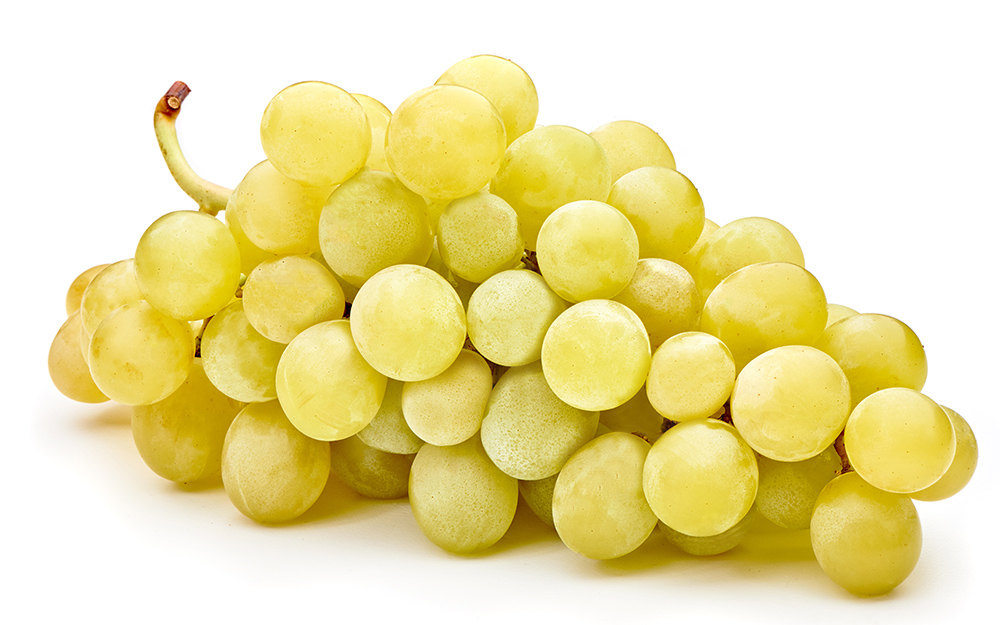
Cotton candy grapes, with their delightful and distinct flavor, trace their origins back to the innovative minds of grape breeders. This unique grape variety was not stumbled upon by chance; it was meticulously crafted through the process of hybridization.
Early Days of Hybridization:
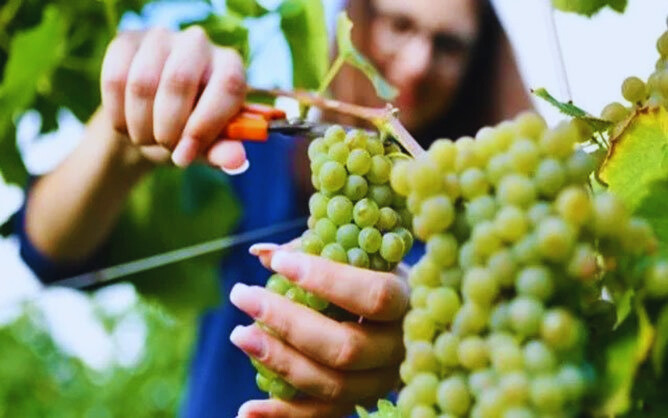
The journey of cotton candy grapes began in vineyards where skilled horticulturists and scientists aimed to create a grape variety that combined the best of different species. By carefully selecting parent grapes with specific desirable traits, they embarked on a quest to develop a grape that would stand out not only in taste but also in appearance.
Hybridization Techniques:
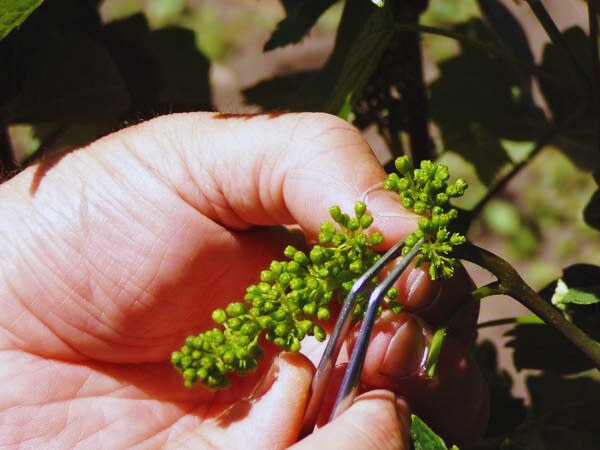
Hybridization involves the deliberate crossbreeding of different grape species. In the case of cotton candy grapes, experts focused on varieties known for their sweetness and aromatic profiles. Through controlled pollination methods, they encouraged the exchange of genetic material between grape varieties, hoping to capture the essence of the cotton candy flavor.
Refinement and Selection:

The process of developing cotton candy grapes was not swift. It demanded patience, keen observation, and numerous iterations. After each round of hybridization, grapes were meticulously evaluated for their taste, texture, and overall appeal. The breeders selected only those grapes that closely resembled the desired cotton candy flavor profile.
The Breakthrough:
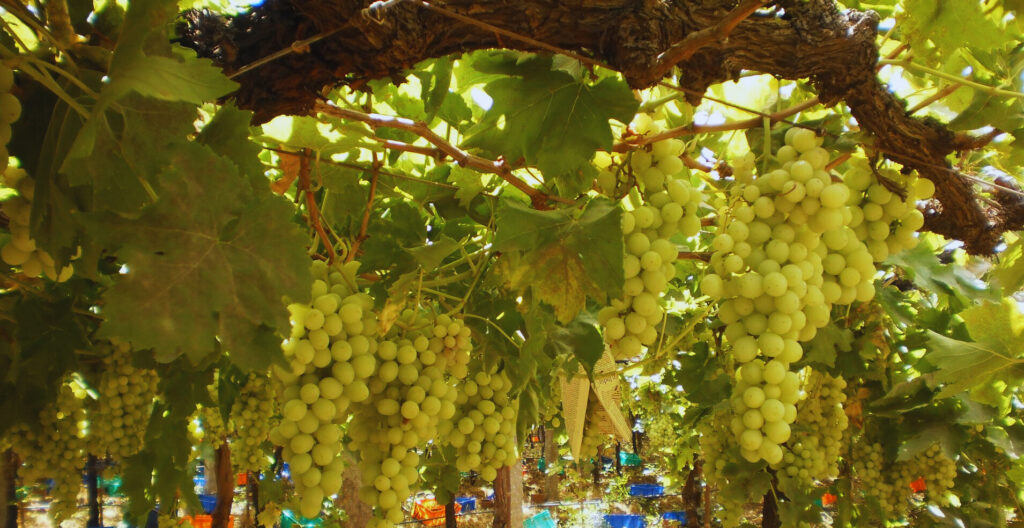
After years of dedicated efforts, the breakthrough came when a grape with a remarkably sweet, cotton candy-like taste was successfully cultivated. This achievement marked the culmination of years of research, experimentation, and a deep understanding of grape genetics.
Commercial Cultivation:
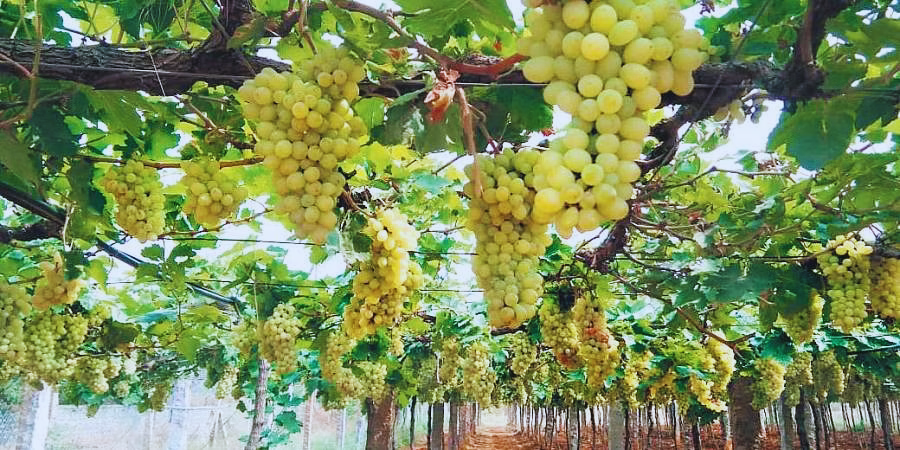
Once the ideal grape variety was developed, commercial cultivation began. Grape growers embraced this unique creation, planting vineyards with the new cotton candy grape variety. As word spread about the grape that tasted like everyone’s favorite carnival treat, its popularity soared, making it a sought-after choice among fruit enthusiasts.
The origin of cotton candy grapes showcases the fusion of scientific expertise, dedication, and a passion for creating extraordinary flavors. Today, these grapes continue to captivate taste buds worldwide, reminding us of the innovative spirit that enriches our culinary experiences.
2. The Grape Varieties Involved
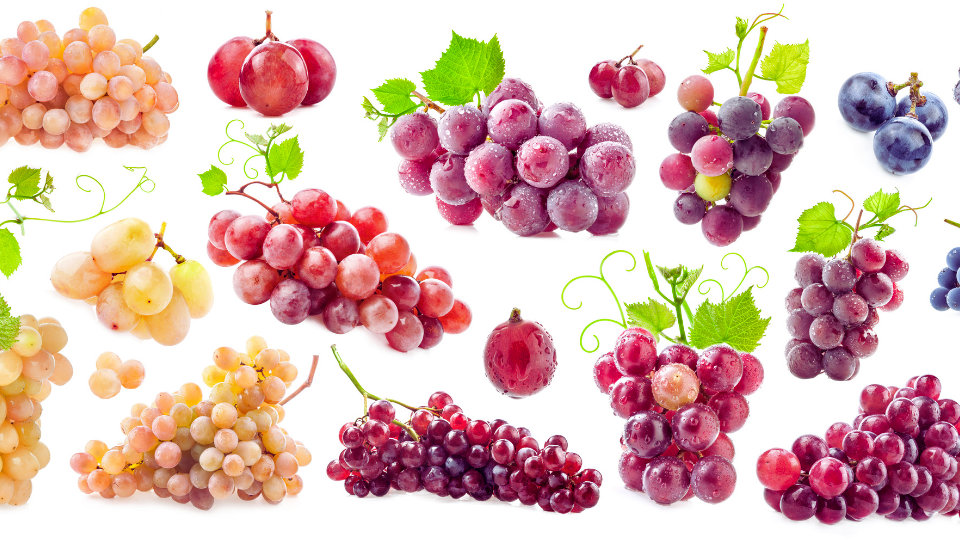
The creation of cotton candy grapes is a testament to the artistry of grape breeding, involving the strategic combination of distinct grape varieties. Understanding the specific grapes used in this process provides valuable insight into the unique characteristics of cotton candy grapes.
Concord Grapes:
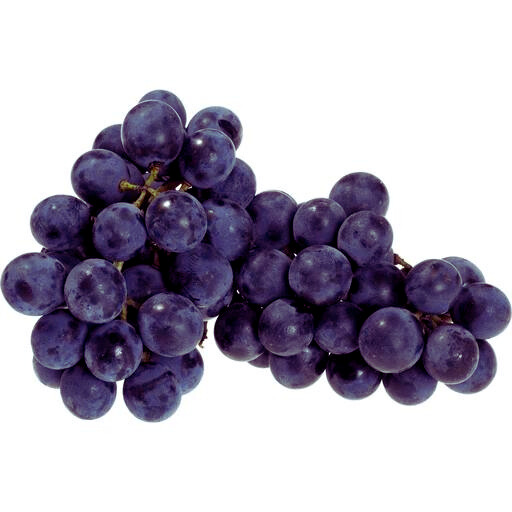
Concord grapes, renowned for their bold and sweet flavor, played a pivotal role in the development of cotton candy grapes. These grapes are naturally high in sugars and possess a rich, fruity taste, forming the foundation for the desired sweetness in cotton candy grapes.
Vitis vinifera:
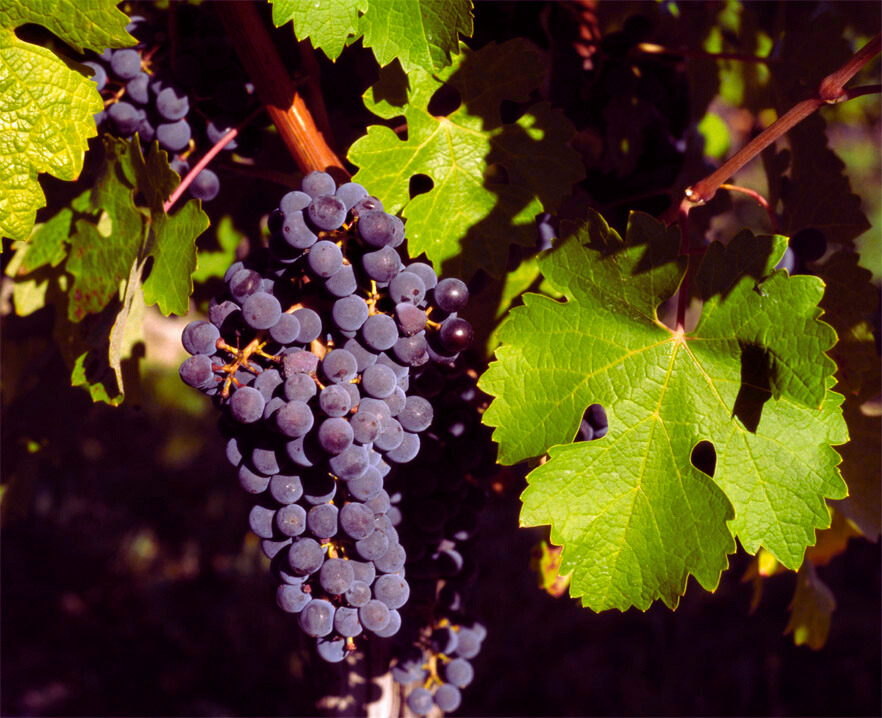
The Vitis vinifera species, which includes a wide range of grape varieties used in winemaking, contributed essential elements to the hybridization process. These grapes often have floral and aromatic notes, adding complexity to the flavor profile of cotton candy grapes.
Muscat Grapes:
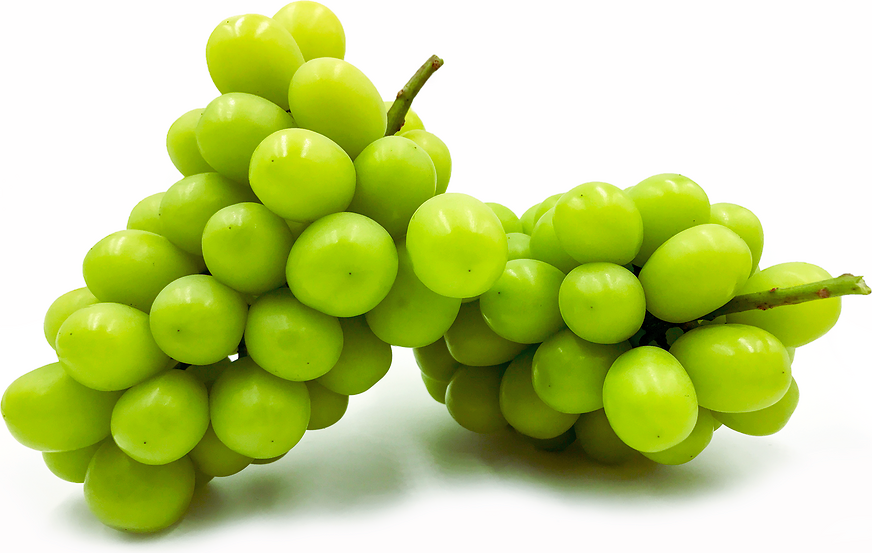
Muscat grapes, celebrated for their unique musky aroma and sweetness, lent their distinctive fragrance to the cotton candy grape hybrid. The subtle floral undertones and the natural sweetness of Muscat grapes enhanced the overall sensory experience of cotton candy grapes.
Thompson Seedless Grapes:
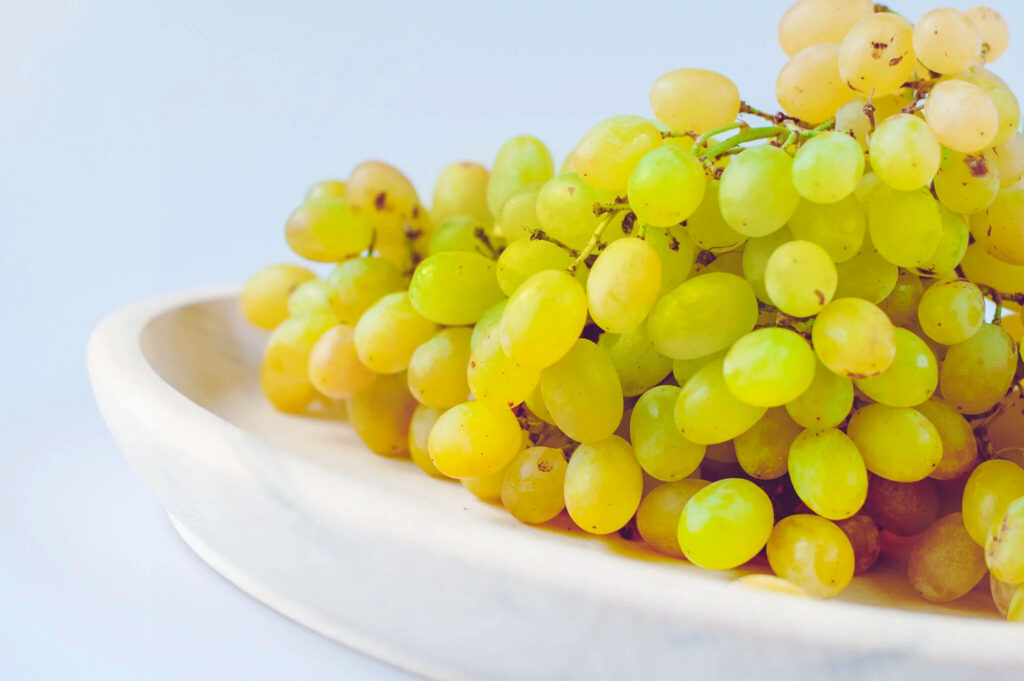
Thompson Seedless grapes, a popular table grape variety, are known for their light, crisp texture and mild sweetness. These grapes added a refreshing quality to cotton candy grapes, balancing the overall flavor and ensuring a delightful eating experience.
Black Corinth Grapes:
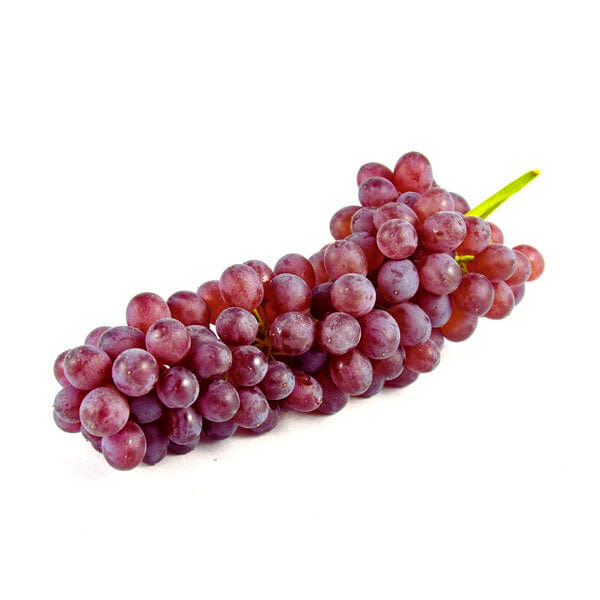
Black Corinth grapes, also known as Zante currants, are tiny, seedless grapes with a remarkably sweet taste. Their intense sweetness contributed to the sugary essence of cotton candy grapes, making them a key component in the hybridization process.
By carefully selecting and combining these diverse grape varieties, grape breeders achieved a harmonious blend of flavors and aromas, resulting in the beloved cotton candy grapes we enjoy today. The intricate interplay of these grape varieties highlights the expertise and creativity of horticulturists, leading to the creation of a truly extraordinary fruit.
3. Role of Hybridization in Flavor Development
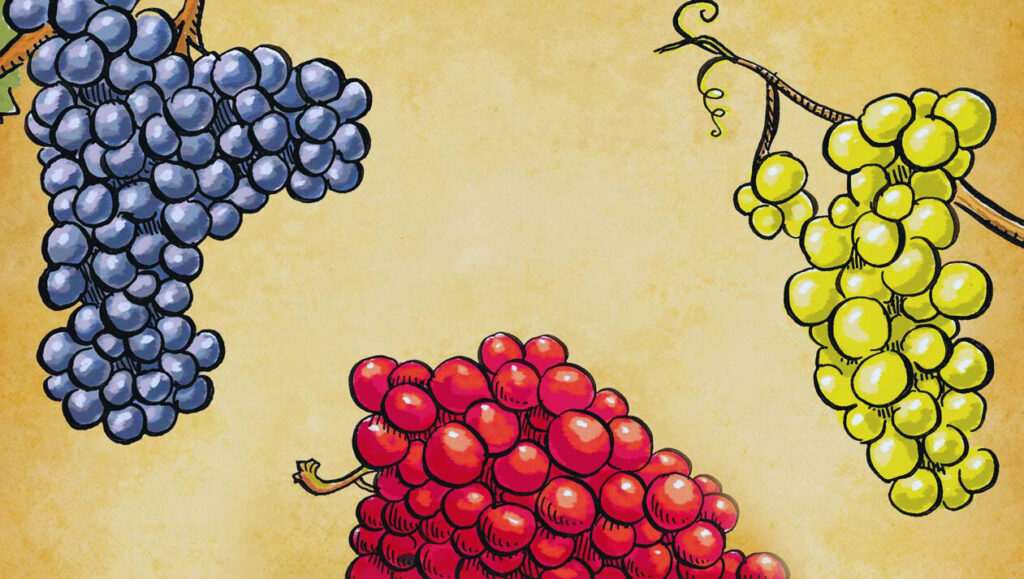
The flavor development of cotton candy grapes is a remarkable feat of agricultural science, rooted in the intricate process of hybridization. Hybridization, the intentional crossbreeding of different grape species, plays a crucial role in shaping the distinctive taste of these grapes.
Combining Desirable Traits:
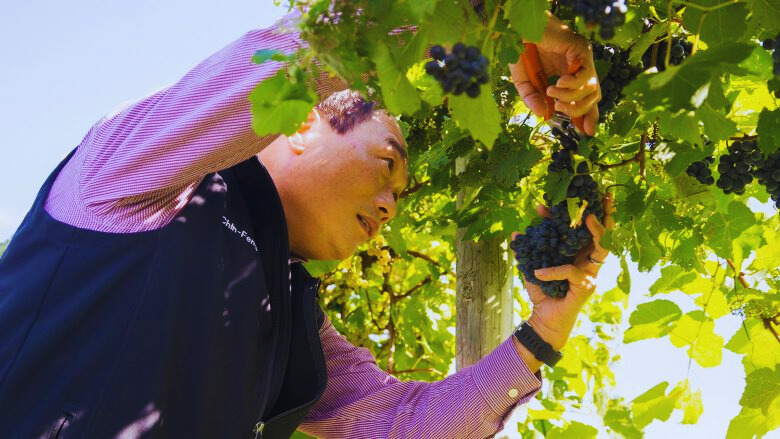
Hybridization allows grape breeders to select parent grapes with specific desirable traits. In the case of cotton candy grapes, the goal was to combine the natural sweetness of certain grape varieties with the aromatic complexity of others. By carefully choosing parent grapes known for their outstanding flavors, scientists aimed to create a unique synergy that mimicked the taste of cotton candy.
Genetic Variation:
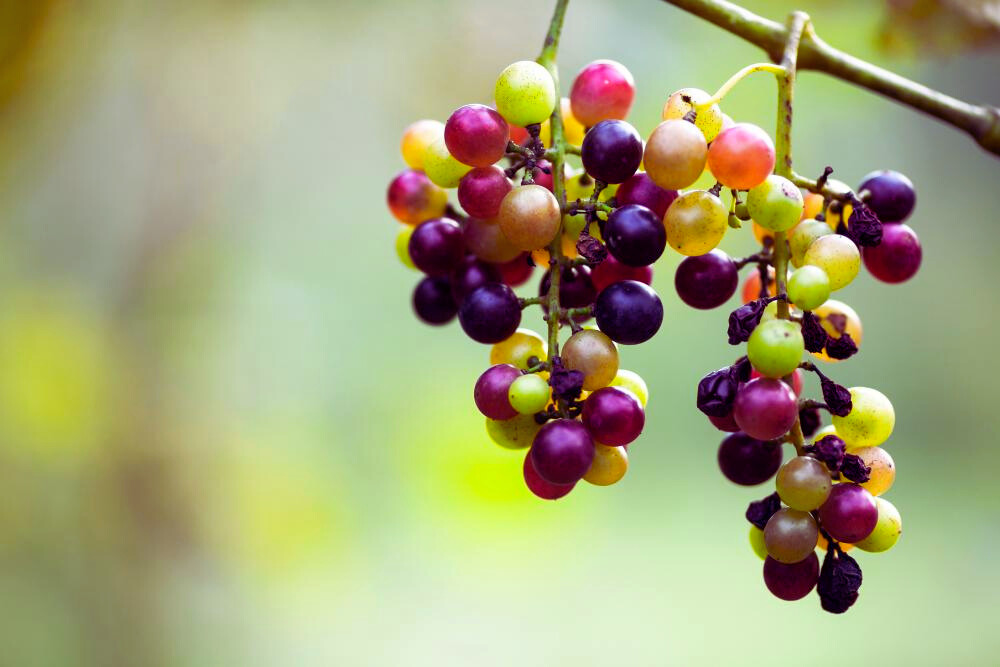
Hybridization introduces genetic variation, leading to the creation of grapes with a wide range of flavor compounds. By harnessing this variation, breeders can select grapes that exhibit a flavor profile reminiscent of cotton candy. The process involves analyzing the genetic makeup of each grape variety and identifying the genes responsible for sweetness, aroma, and texture.
Selective Breeding:
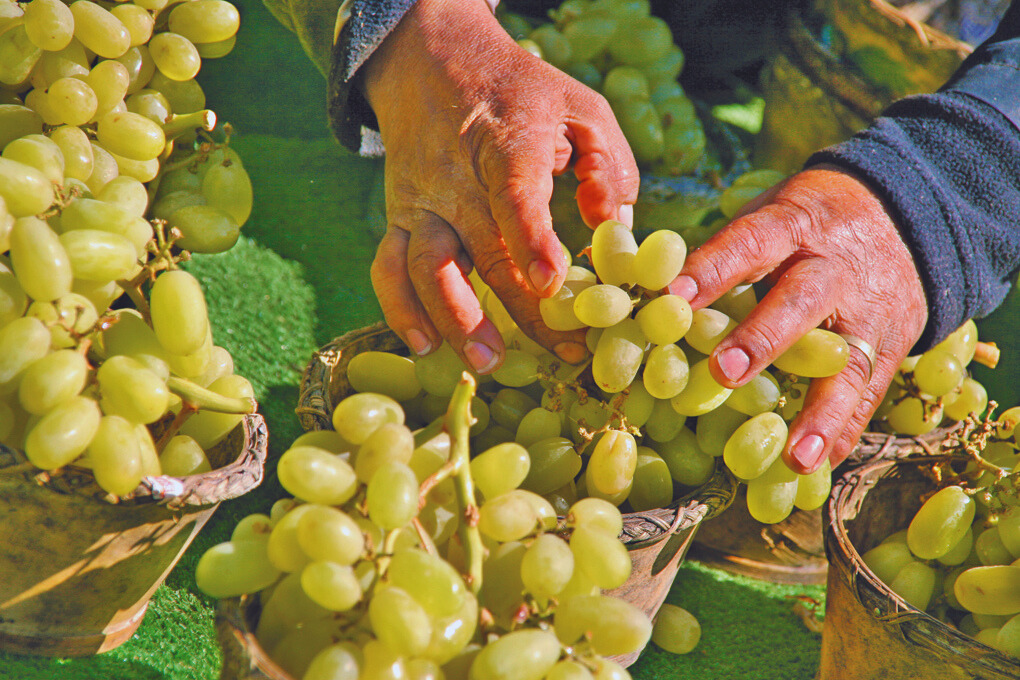
Through generations of selective breeding, grapes displaying traits closest to the desired cotton candy flavor are chosen as parent grapes for subsequent hybridization. This iterative process refines the flavor profile, gradually bringing it closer to the target taste. The meticulous selection ensures that each new generation of grapes inherits and enhances the desired flavor characteristics.
4. Cultivation Methods
The cultivation of cotton candy grapes involves a meticulous blend of traditional viticulture practices and innovative techniques tailored to the unique needs of this distinctive grape variety.
Selecting the Right Location:
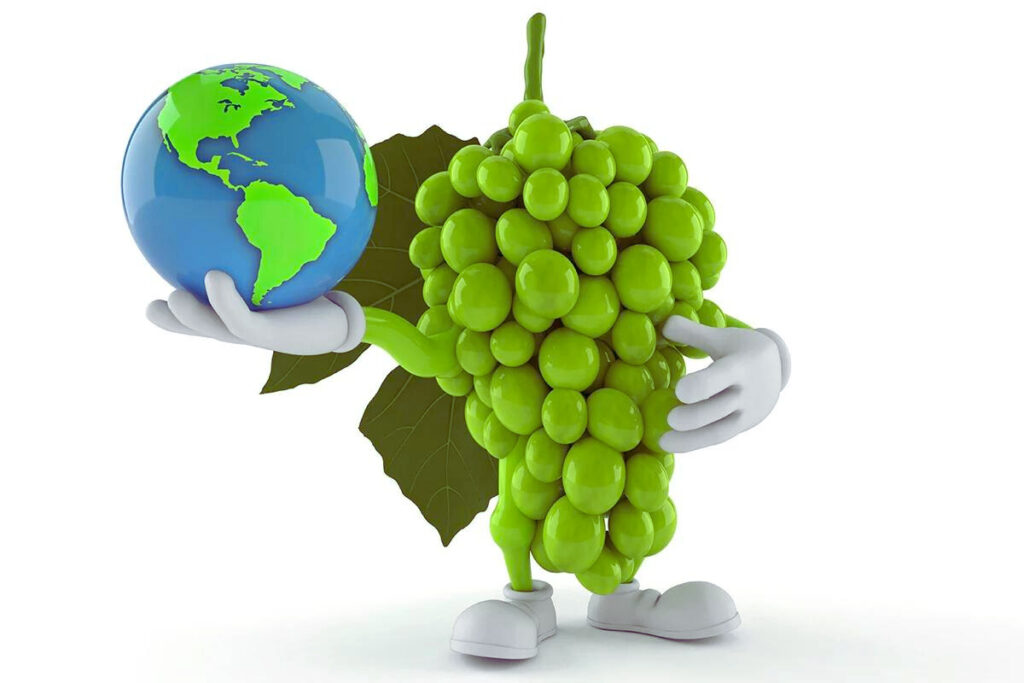
Cotton candy grapes thrive in specific climates. Vineyards are strategically located in regions with warm, sunny days and cool nights. These diurnal temperature variations enhance the grapes’ sugar development while preserving acidity, a crucial balance for their signature flavor.
Soil Preparation:

The choice of soil significantly influences grape quality. Cotton candy grapes are typically cultivated in well-draining soil rich in nutrients. The vineyard soil is carefully analyzed and, if necessary, amended to ensure optimal conditions for grapevine growth. Proper soil drainage is essential to prevent waterlogging, which can harm the vines.
Training and Pruning:

Grapevines are trained onto trellises to maximize sun exposure and facilitate airflow, reducing the risk of diseases. Pruning, a delicate process, involves removing excess shoots and leaves to channel the plant’s energy into grape production. Skilled vineyard workers meticulously prune the vines during the dormant season, shaping them for optimal growth.
Irrigation Techniques:
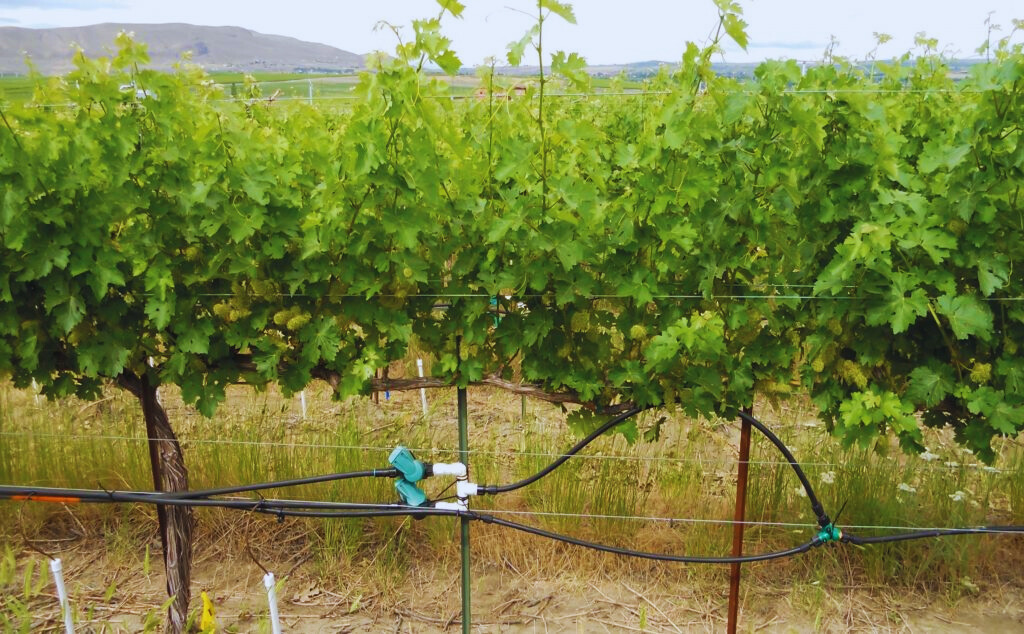
Cotton candy grapes require consistent moisture, especially during critical growth stages. Drip irrigation systems are often employed, delivering water directly to the root zone while minimizing wastage. This targeted approach ensures the vines receive adequate hydration without promoting excessive foliage growth.
Pest and Disease Management:

Vigilant pest and disease management are integral to successful grape cultivation. Natural predators, beneficial insects, and organic pest control methods are often employed to minimize the use of chemicals. Regular monitoring helps identify potential issues early, enabling swift intervention to protect the vines.
Harvesting at Peak Ripeness:
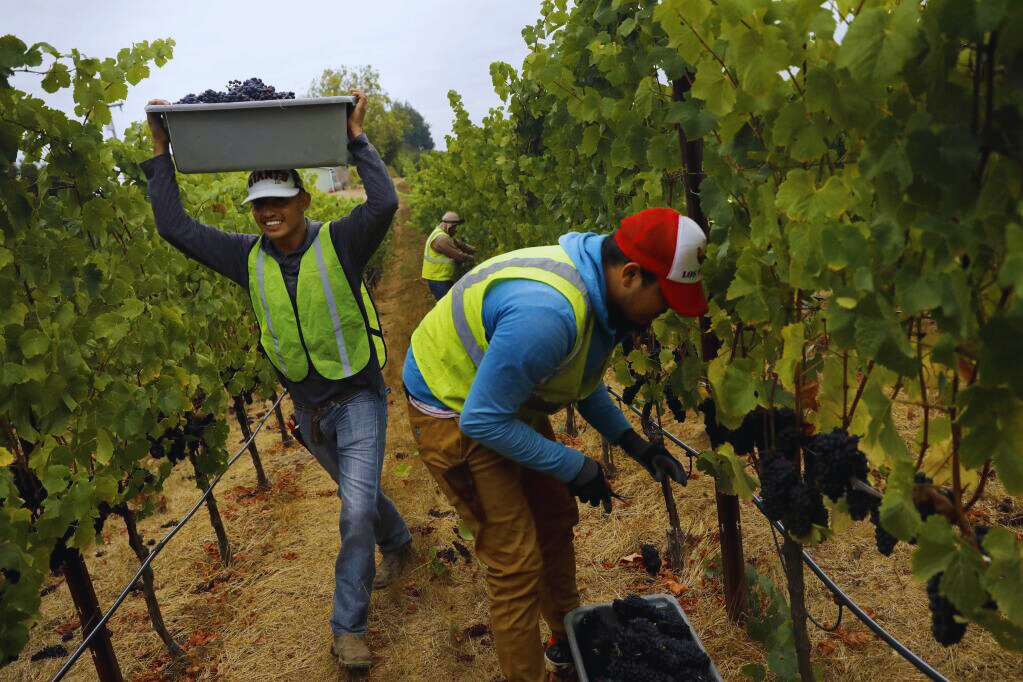
Timing is crucial when harvesting cotton candy grapes. Experienced vineyard workers assess the grapes’ ripeness through taste tests, sugar measurements, and visual cues. Harvesting at the peak of ripeness ensures the grapes exhibit the ideal balance of sweetness, flavor, and juiciness, enhancing their overall quality.
5. Culinary Uses and Recipes
Cotton candy grapes, with their unique sweetness and delightful flavor, can elevate a variety of dishes and beverages. From refreshing salads to delectable desserts, these grapes lend a touch of natural sweetness to your culinary creations. Here are some creative recipes and culinary uses for cotton candy grapes:
Cotton Candy Grape Salad:
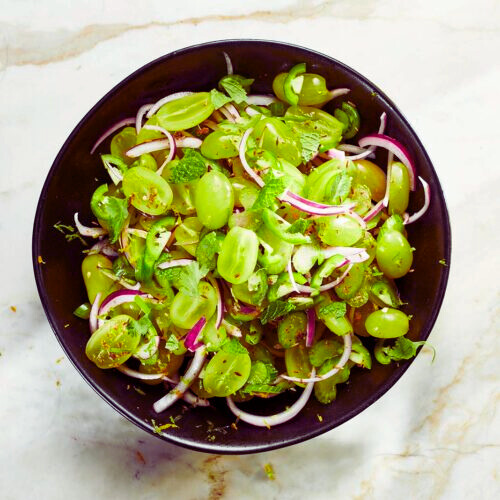
Combine cotton candy grapes with mixed greens, goat cheese crumbles, candied pecans, and a light balsamic vinaigrette for a refreshing and flavorful salad. The grapes add a burst of sweetness, balancing the savory and nutty elements.
Frozen Cotton Candy Grape Popsicles:
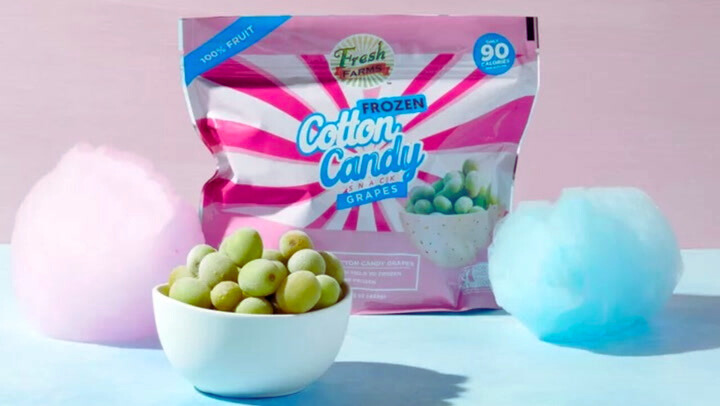
Freeze cotton candy grapes on skewers for a few hours, creating naturally sweet popsicles. These frozen treats are perfect for hot days and offer a healthier alternative to store-bought popsicles.
Cotton Candy Grape Salsa:
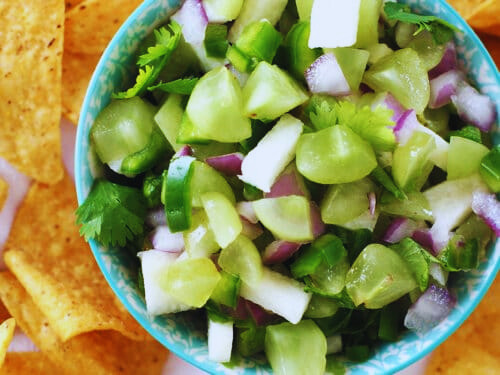
Chop cotton candy grapes and mix them with diced red onion, jalapeño, cilantro, lime juice, and a pinch of salt to create a unique grape salsa. This vibrant salsa pairs wonderfully with grilled chicken or fish.
Conclusion: Savoring the Sweet Success
In conclusion, understanding how cotton candy grapes are made sheds light on the intricate process that brings this unique fruit to our tables. Next time you bite into a cotton candy grape, you’ll appreciate the careful craftsmanship and innovation that went into creating this extraordinary culinary delight.
Read also: How Are Diamonds Made: A Journey from Carbon to Brilliance
No, cotton candy grapes are not genetically modified. They are created through natural hybridization techniques.
Cotton candy grapes require specific conditions and expertise to cultivate, making them challenging for home gardeners.
Cotton candy grapes are typically in season during late summer to early fall, but their availability may vary based on the region.
Cotton candy grapes have a hint of cotton candy flavor, but it’s a natural sweetness derived from the grapes’ unique combination of traits.
Cotton candy grapes are available in many grocery stores and specialty markets, especially during their peak season.
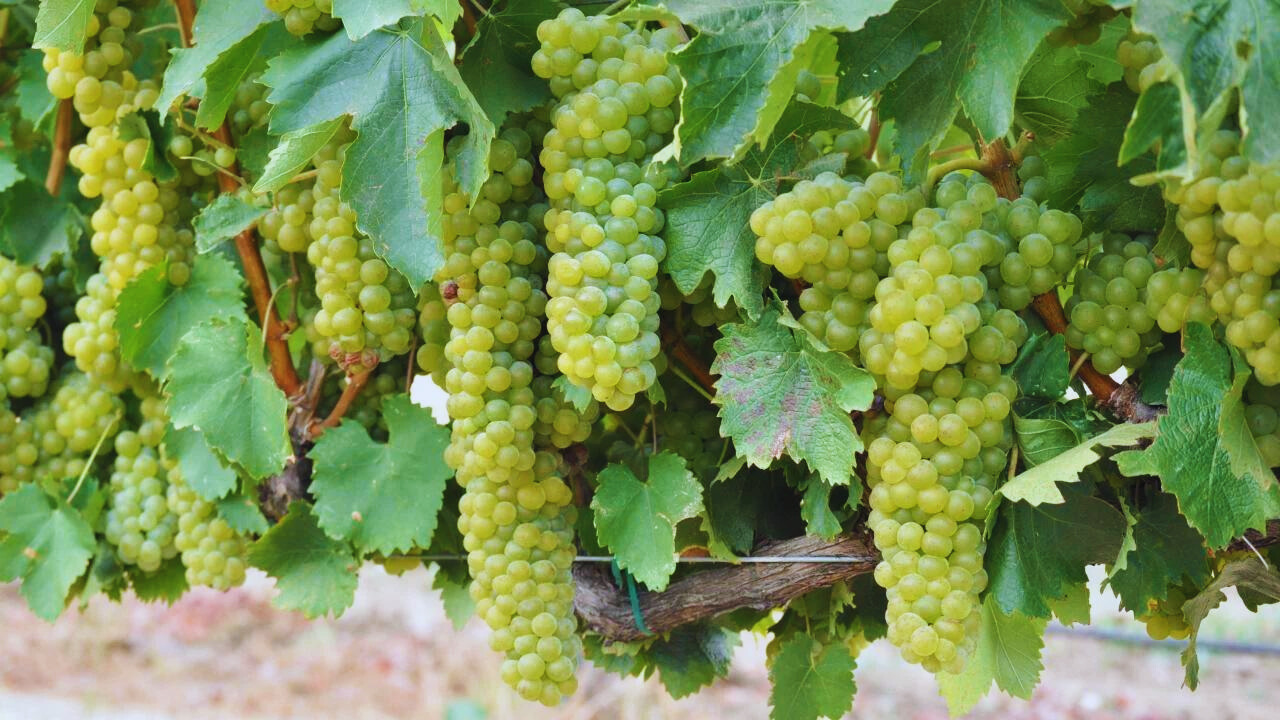




I don’t think the title of your article matches the content lol. Just kidding, mainly because I had some doubts after reading the article.